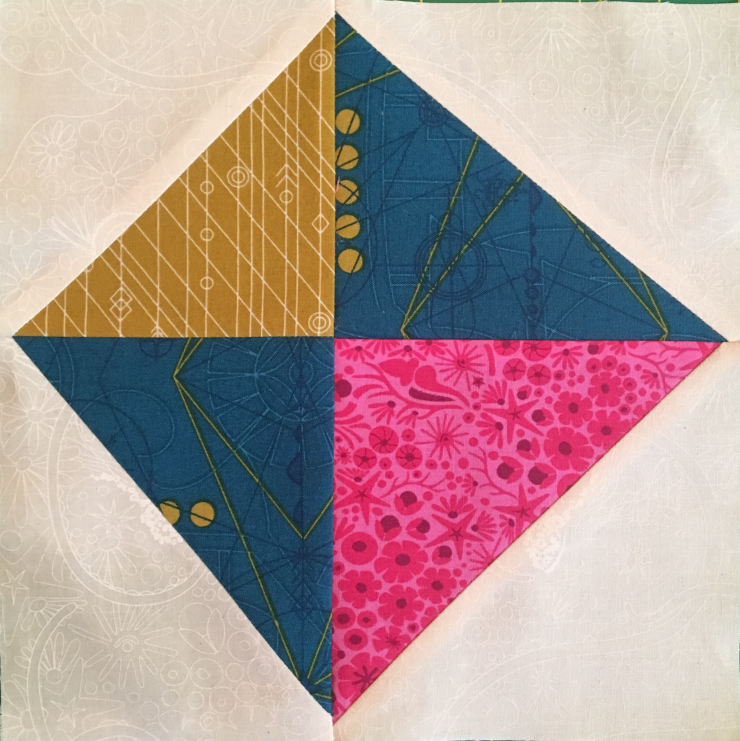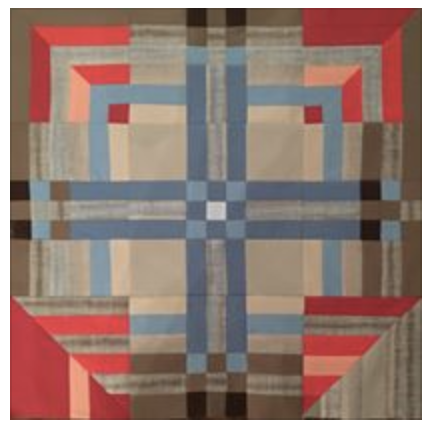@travlis @GreenvilleMQG #licensedtoquilt

A city block is a central element of urban planning and urban design. A city block is the smallest area that is surrounded by streets. City blocks are the space for buildings within the street pattern of a city, and form the basic unit of a city’s urban fabric. – wikipedia
Weather I am walking around the block in my neighborhood for the 100th time or or seeing a city for the first time, when I am aware of the space around me my experience changes. When I allow myself to be present new experiences emerge and all my senses are engaged. Within a single city block, there are numerous smells, sounds, and things to see. Our perspective changes as we look up, down, left and right. What surrounds us changes our perception of a place. Those experiences change depending on where we are in our journey.
Here are three different spaces all within a few blocks of my house. Imagine yourself standing in the middle of a vacant lot with dirt and gravel. Small tufts of tall grass emerging from the dry ground.
Then imagine yourself on a narrow sidewalk next to a tall building on a bustling street filled with cars.
Lastly think about a time you were at the city park. The trees and rolling hills were covered in grass and the sounds of children laughing as they run across the large open space to catch a football.
Each of those scenarios evoke a different emotion or mood.
A quilt block is much like a city block. A single unit that changes depending on how that block is developed, what it’s placed next to, the choice of fabric, the combinations of partners or solid colors. These city blocks come together to form a whole. They create the fabric of our community – a quilt.
Join me in an exploration of the March BOM – City Block.
My exploration starts with placing the City Block in a simple repeat.

Next, I rotated the block to create secondary shapes in the white spaces. Then by filling in the white space along the outer edges gives the eye a place to rest and a frame to the quilt.
Filing in the white space creates an updated gingham pattern that harkens memories of wonderful Italian dinners and a picnics in the park. Playing off those memories, I continue to play with the pattern to see what is possible.
By changing the color placement within the block created a large star shape.

The star is bold and somewhat traditional, but the angles of the stars points become fresh and a bit modern. I then combined the February block “Roundabout” with the March “City Block”. I loved the more modern look so I explored alternate color combinations.
Color starts to change the rhythm of the quilt and allows different patterns to become more predominate.
In the black and white version texture becomes the focus. The patterns in the fabric creates the light, medium and dark values.

Heading back to the original pattern, I wanted to explore modern argyle/gingham patterns that are created by color and value. Below are three versions where the predominate pattern changes based on the color placement.
Red is my favorite color and the antique red and white quilts are some of my favorites. I’ve never made a red and white quilt, so this felt like the perfect opportunity to give myself permit(ssion) to test. Here’s the version I came up with!
Here is the closeup of that wonderful texture and saturated color.

What inspires you? Remember this BOM is “Licensed to Quilt” so give yourself Permit(ssion) to Test. Have fun and don’t be afraid to play.
The patterns are free. Be sure to tag your social posts so we can follow along.
@travlis @GreenvilleMQG #licensedtoquilt













